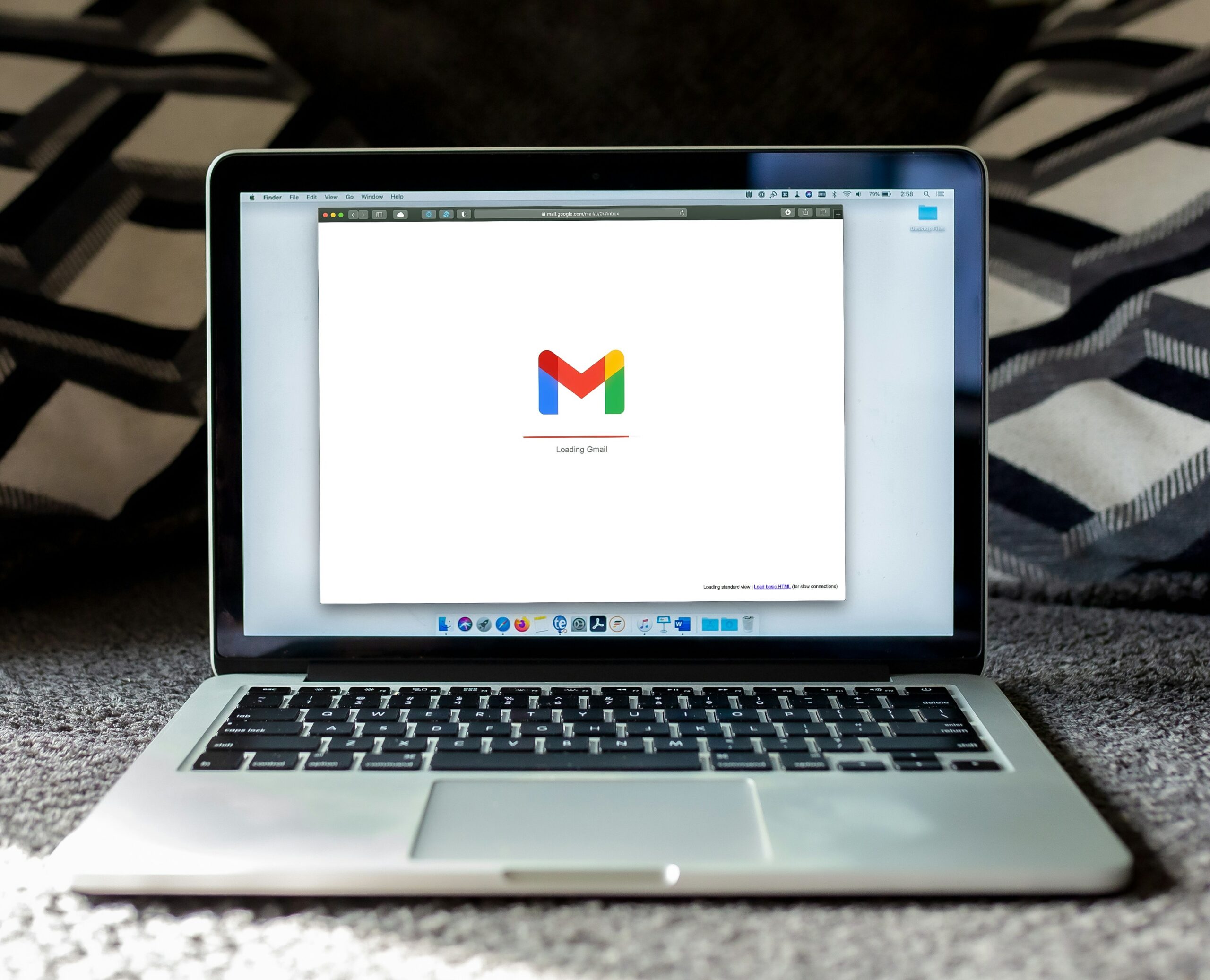Anyone evaluating cloud storage and backup providers is bound to notice the complexity and variety of pricing models employed by different companies. Some providers charge based on the amount of storage needed, others on the number of devices you need to backup. An equal number seem to fall somewhere in between, with caveats as to the number of devices, data caps, and minimum users required. Trying to sort through all of it can cause a literal headache, which is why we’ve done the hard part for you. Below, we present the best and worst cloud storage pricing models, and explain which models are best for different businesses.
Pay-Per-Unit of Storage
The pay-per-unit model is one you’ll see fairly often among storage providers, and for many businesses it’s the ideal pricing scheme. You only need to decide on the amount of storage your company will need – say 500GB – and then you’ll pay a flat monthly or yearly cost for that amount. The best providers allow unlimited devices to be backed-up or synced, so the only thing you have to monitor is the total storage space you’re using. If you ever need more, it’s usually just as simple as upgrading your plan.
This pricing model is ideal for companies that have a lot of devices that need to be backed up, but not a huge amount of combined data. If most of your files consist of word documents, presentations, or Excel files, this should be your go-to.
Companies that offer pay-per-unit storage with no device limits include Carbonite, Crashplan, IDrive, and Mozy.
Pay-Per-User
Companies using this model charge a flat fee for each user or computer that a company needs to backup, but allow unlimited storage per account. This model is essentially the inverse of the pay-per-unit model, but still keeps things simple for businesses. Again, you only need to keep track of one thing – this time, the number of computers or users your company wants to backup. If you’re company begins to expand, you can just add more accounts at a flat per month cost.
This pricing model is best suited for companies involved in design, music, video production, or any industry where a few users may need a lot of storage. Since this model gives each user unlimited backup space, you don’t have to worry about incurring any extra charges if you suddenly see a spike data. We’d recommend companies with storage needs of over 500GB look into this model.
Companies that offer pay-per-user pricing with no storage cap include Backblaze, Box, Copy, and NomaDesk.
Capped or Tiered Plans
These pricing schemes often seem to fall into one of the above categories upon first glance, but actually come with potentially serious caveats. Companies using the pay-per-unit model, for instance, may place a restriction on the total amount of devices that can be synced, and then charge extra for each device over that threshold. Some pay-per-user options meanwhile will place a cap on the amount of data each user can store. If a user goes over, your company will need to purchase more, on top of the flat fee.
While these models aren’t always a bad option, and shouldn’t be ruled out entirely, their pricing structure makes cloud storage adoption even more complicated for businesses. Instead of only having to figure out the total amount of storage space you need, or the number of devices you want to backup, tiered pricing structures make you calculate both. Plus, when your business expands, you may have to jump into a higher, and more expensive tier. Still, if a service offers everything your company needs, and you’re a small operation, a capped pricing plan shouldn’t be a complete deal breaker. Just be aware of the potential issues in advance.
Companies that use capped models include Dropbox, MediaFire, and JustCloud.
Hybrid Plans
Hybrid plans are probably the least desirable option for businesses looking at cloud storage, simply due to their complexity and high-prices. While capped models at least offer the benefits of a pay-per-user or pay-per-unit structure to smaller operations, hybrid schemes make you pay on two fronts from the very start. In addition, we’ve found that hybrid models often come with even more restrictions than other pricing plans, such as a minimum number of devices.
While hybrid pricing can appear cheap at first, it quickly adds up. To illustrate, we’ll look at cloud backup company JungleDisk. Their website lists their pricing at $4 per workstation, plus $0.15 per GB of storage. Say your company wants to back up five computers, and you estimate a total storage need of 500GBs. With JungleDisk’s pricing, that comes out to $95 a month. Now compare that pricing to companies using straight pay-per-device pricing. Crashplan, for instance, charges $9.99 per computer, with unlimited storage, so five computers would run you $49.95, just over half as expensive as JungleDisk. Plus, with a pay-per-device model, you won’t end up paying even more if you need to scale your storage needs up.
Even worse, some companies impose seemingly-arbitrary restrictions on their business plans, on top of these pricing schemes. Vaultize, for instance, charges $0.10/GB, $6/user, and requires a minimum of 100 devices for their “Enterprise” plan. That’s a needless amount of restrictions for the same services that other companies are offering with far more straightforward (and cheaper) pricing.
When you’re evaluating cloud storage options, price shouldn’t be the only factor you consider. Features such as encryption, data redundancy, and customer support can all be equally important. In order to avoid overpaying however, it’s important to know the different options available. and now that you know the ins-and-outs of most cloud storage pricing models, you can get back to focusing on the technical details.





